Repair or Replace? Houston Roof Life Expectancy Guide
By Shantell Moya · 2 months ago · 12 min read
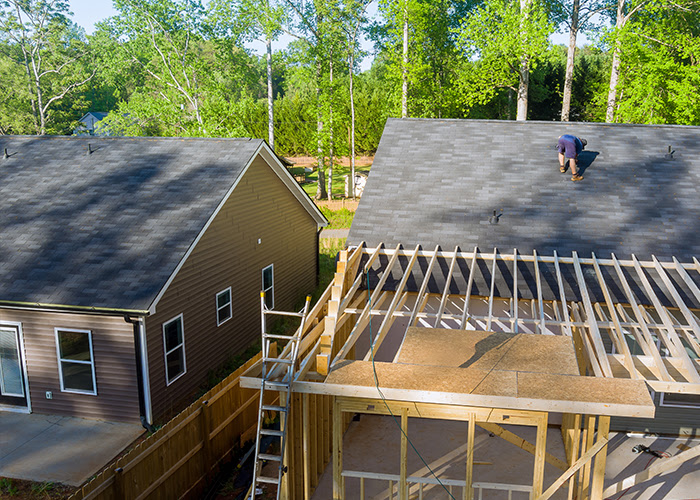
That last storm really damaged your roof. Water stains are spreading across your ceiling, and those missing shingles have you wondering if you’re looking at a quick patch job or a big replacement bill that will cost you five figures. Houston weather is really hard on roofs – it’s probably worse than just about anywhere else in the country. The summer heat cooks your shingles until they warp, and then those sudden thunderstorms come along and find all the weak places up there.
The money side of the decision makes everything harder. A repair job usually runs somewhere between $2,000 and $5,000. But a full replacement for most Houston homes will set you back anywhere from $8,000 to $30,000. Making the wrong call might mean spending thousands on repairs only to watch the next hailstorm destroy everything anyway.
I want you to learn about the timelines and warning signs that matter in Houston’s harsh weather conditions – when a repair actually makes sense and when a replacement is your only real option.
Let’s find out if your Houston roof is due for a quick fix or a full replacement!
How Houston Weather Affects Your Roof
Houston weather is incredibly brutal on roofs, and it’s worse here than just about anywhere else in the country. We face this nasty combination of intense heat paired with heavy humidity that together create the conditions that destroy roofing materials way faster than the manufacturers ever intended.
Asphalt shingles have a 30-year warranty, which sounds great on paper. The problem is that the warranty was probably calculated based on normal weather conditions in moderate climates. Down here in Houston, those exact same shingles are going to need replacement after only 15 to 20 years if you’re lucky. The lifespan depends on just how much punishment your particular roof takes from the elements each day.
Think about what actually happens when it’s 95 degrees outside and the surface of your roof reaches 150 degrees or hotter. A few hours later, the sun sets and everything cools down by 40 degrees or 50 degrees. This cycle repeats day after day after day, and every temperature swing forces your roofing materials to expand and then contract again. Humidity makes the whole situation worse. Moisture levels hover around 75% for most of the year here, and that allows algae and moss to treat your roof like their own personal paradise. These organisms literally eat away at the granules on your shingles as they trap extra moisture against the roof deck underneath.
Rain matters a lot in Houston roofing decisions. The National Weather Service tracks about 50 inches annually here, and that’s a tremendous amount of water. Every drop needs to drain away from your house efficiently because even the smallest gaps can let moisture seep into places where it doesn’t belong.
Hurricane Harvey was a devastating reminder of how much damage one big storm can inflict on our roofs. Plenty of roofs looked completely fine before the hurricane hit, but they needed either substantial repairs or a full replacement once the storm passed. The wind and water together will exploit every weak point in your roofing system.
Clear Signs That You Need a New Roof
Your roof might actually be past the point where a few repairs will do the job anymore. The next time it rains, take a walk outside and have a look at what’s piled up in your gutters. Coarse, sandy granules piled up there are a bad sign because they mean your shingles are deteriorating way faster than they should be.
Multiple leaks every time a storm rolls through are another obvious signal that the whole system has had enough. One leak can be patched, and two or three small ones might still be worth the effort to fix. But when water starts coming in from a few different places whenever we get heavy downpours, the entire roof structure probably needs a lot of attention. Houston gets around 50 inches of rain per year, and every drop will find any weak area in your roof eventually.
On the next sunny day, grab a flashlight and head up into your attic for a quick inspection. Look at the underside of your roof deck from below. Any areas that dip or sag between the rafters mean water has already reached the wood and done some damage. This type of structural problem never gets better on its own – it only gets progressively worse over time.
Age is probably the biggest factor when you make your decision, though. An 18-year-old roof with moderate damage almost never justifies another round of patch work. The materials have already been through most of their working lifespan at that point. Any repairs that you make now will probably fail within a year or two anyway, and then you’ll be right back where you started.
Insurance adjusters have seen it all after Houston’s notorious hailstorms roll through. They’re specifically trained to find dents across multiple shingles and to check if the dents have broken the seal between shingle layers. Once hail breaks through those seals, water gets in, and it speeds up the decline of all the surrounding materials.
The 70% Rule for Roof Decisions
Once the damage on your roof hits about 70% of its total surface area, you’re actually looking at a full replacement as the only sensible option. The same guideline applies when the repair estimate starts creeping toward 70% of what a brand-new roof would run you. At that point, the math speaks for itself – it doesn’t make any sense to pay nearly the same amount to patch up an old roof when you could have a completely new one for just a little bit more.
For most Houston homeowners, a standard roof repair job will set them back somewhere between $2,000 and $5,000. A roof replacement usually runs anywhere from $8,000 all the way to $25,000. The final number on that invoice mostly depends on the square footage of your home and which roofing materials you decide to go with.
Most homeowners never do the math on how fast those separate repair bills pile up. One damaged section gets patched this year, and then a different area needs work the following year. You’ll schedule another contractor, go through another inspection and write another big check with every repair. And those temporary patches don’t usually hold up when Houston gets hit with the next big storm system. Before long, water finds its way inside, and suddenly the damage extends past the roof.
Insurance deductibles add another layer to the decision that most homeowners don’t think about. Say your policy has a $2,500 deductible – if you file two separate repair claims over a couple of years, that’s $5,000 out of pocket just in deductibles. Compare that to paying the deductible just once for a roof replacement, and suddenly a full replacement starts to make a lot more financial sense.
A brand new roof delivers way more value than just protection from the rain. Property values usually jump after a roof replacement, and homeowners’ monthly energy costs drop noticeably, too. The latest roofing materials are engineered to bounce the heat back much more efficiently than what was available even ten years ago – and in Houston’s brutal summer heat, that improved reflectivity can make a real difference in your cooling bills!
The Best Time for Roof Work
Houston’s weather can really dictate the right time to take on any big roof work, and timing matters. The window between November and March tends to be your best bet to avoid hurricane season and those oppressive summer temperatures we all know too well.
Hurricane season runs from June through November and brings way too much trouble for big roof projects. Your contractor may need to halt work completely when a storm system moves through the area. The temporary protective measures that they install between work sessions might fail if the winds get strong enough, and then you’re left with water damage on top of your original roofing problems.
The summer heat in Houston creates different challenges for roof installation work. Shingles and other roofing materials actually need specific temperature conditions to bond and seal correctly. The manufacturers recommend installation when temperatures stay between 70 and 85 degrees F for optimal performance. Our July and August days usually hit 100 degrees F or higher, and at those temperatures, the materials just don’t stick and cure the way they’re supposed to. The roof might pass inspection and look fine, but it won’t last as long as it should.
The period right after big storms has its own set of frustrations. Materials become scarce because every homeowner in the area needs repairs at the same time. Prices for labor and materials spike dramatically, and qualified contractors book up for months in advance. When you plan your roof replacement for the calm months before the storm season, you’ll have better pricing, more contractor options and access to all the materials you want.
Of course, roofs don’t always cooperate with our preferred schedule. A leak that’s actively damaging your bedroom ceiling isn’t going to wait for November to roll around! Emergency situations need immediate action. But temporary measures can sometimes bridge the gap until conditions improve for permanent repairs. A professionally installed tarp system or a quality roof coating application can protect your home for 3 to 6 months as you wait for better weather. Just be sure that the contractor you hire for temporary repairs has the expertise to do it correctly – a poorly executed temporary fix can make the situation worse.
Materials That Last and Save Energy
Metal roofing has become very popular in Houston over the past few years, and for good reason. Sure, those metal panels are going to cost you more money when you first install them. But they’re built to last anywhere from 40 to 50 years. The reflective coatings are a big bonus, too, because they can cut your summer cooling bills by 10% to 15% – that’s actual money back in your pocket when August comes around and your AC unit is running 24 hours a day just to keep your house comfortable.
Flat roofs are a very different animal, and they need special materials to work right. TPO membranes have become the go-to option for commercial buildings throughout downtown Houston, and homeowners are actually starting to install them as well. These white membranes reflect heat remarkably well, and they hold up remarkably well against our brutal Texas sun.
Most Houston homes are still covered with traditional asphalt shingles. The standard ones will give you about 15 to 20 years of protection, and the architectural shingles can stretch that lifespan out to 25 years. The price difference between them actually isn’t as dramatic as many people assume, either. Architectural shingles might cost you 30% more up front, but they last 25% longer and keep their appearance much better throughout their entire lifespan.
Clay tiles sit in a very different price bracket. These beauties can protect your home for 50 years or longer. But your roof structure has to be strong enough to support all that extra weight. Many older Houston homes need serious structural reinforcement before clay tiles can become an option. Once you factor in the structural work, the costs can escalate fast.
Solar shingles have also started to appear on rooftops throughout the Houston area. With our city enjoying 204 sunny days annually, they’re actually a smart choice for some homeowners. The technology behind them continues to improve every year as the prices slowly become more accessible over time.
ENERGY STAR ratings have become increasingly helpful for Houston homeowners. Cool roof technology actively combats the urban heat island effect that makes our city feel even more sweltering than the thermometer already shows.
A Secure Home Starts with a Solid Roof
Money and roofing decisions don’t usually go together well, and most homeowners would rather do just about anything else. Who wants to drop a few thousand dollars on a new roof when that same money could go toward a vacation, a car or literally anything more fun? The pull to just patch it up one more time and hope for the best is very strong. The problem is that too many small roofing problems turn into absolute disasters over the years. Water damage spreads through the ceilings, while the insulation gets completely ruined, and then mold starts to grow and makes everyone in the house sick. Those guidelines we talked about earlier (especially the 70% guideline and all the considerations around hurricane season) save you from these kinds of disasters because they remove most of the uncertainty from the whole process.
Homeowners who get ahead of their roofing problems before everything falls apart give me plenty of faith in this business. And if you understand how to keep solid records for insurance claims, you’re already way ahead of most other homeowners. A roof that stands against whatever the next storm season throws at it gives you a level of comfort and security that’s hard to put a price on.
The next step with your repairs or a full replacement starts with a local expert who knows what your area throws at roofs. Roof Republic does commercial and residential roofing all across the Greater Houston Area, and we’re based right here in Texas. We want to protect your home and what you’ve built through professional roof repair and installation services. Contact us for a free inspection, and we’ll take care of your roofing needs with all the care and expertise they deserve. When you’re working with a company like Roof Republic, you get expert advice along with quality installation and repair work that lasts.


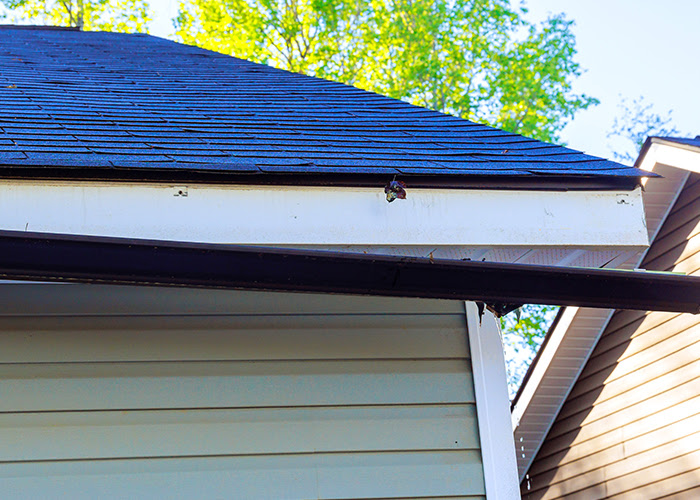
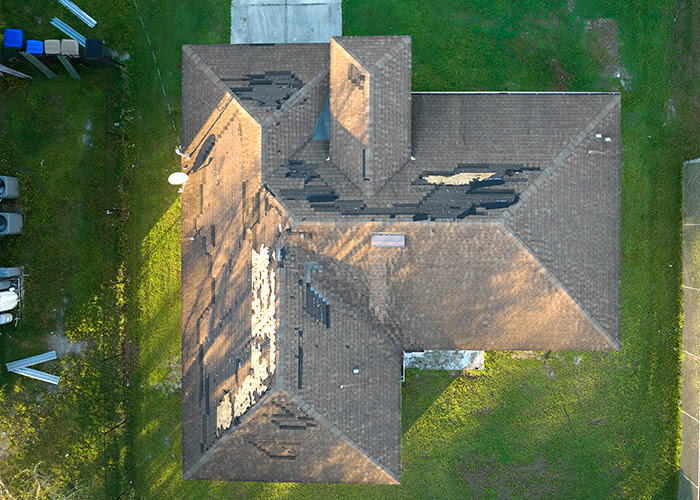
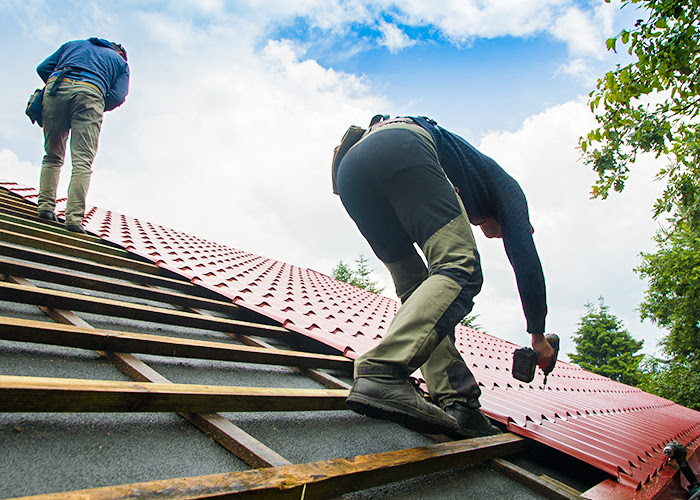
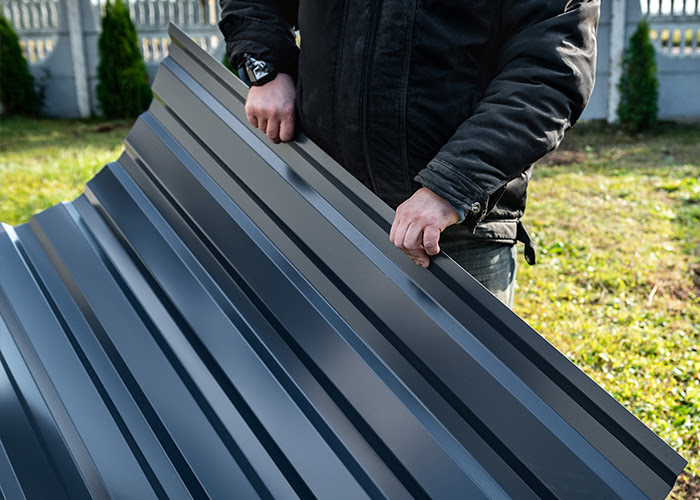

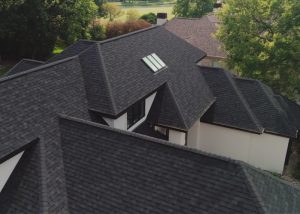
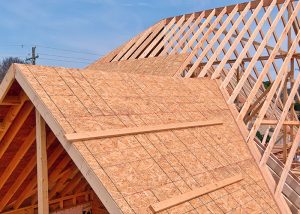

Comments
Sort by: